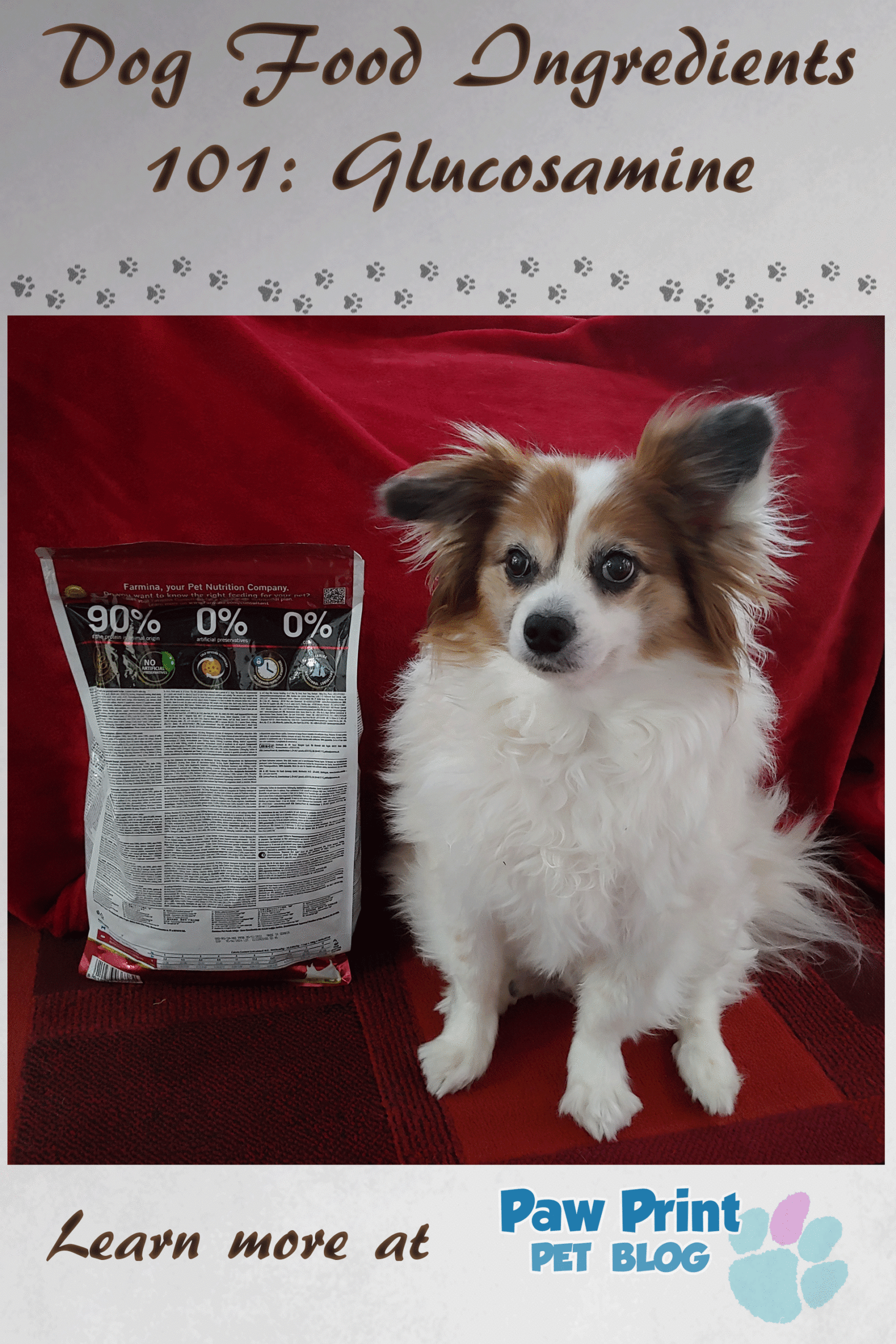 The other day I wrote about chondroitin sulfate. Today’s dog food ingredient, glucosamine, is the peanut butter to chondroitin’s jelly! Glucosamine and chondroitin are often found together in supplements meant to help support dog joint health. I supplement my own senior dog, Kitsune, with Dasuquin (among other things) to help deal with his arthritis. Most dog owners know about glucosamine supplements, but did you know that some dog foods contain glucosamine?
The other day I wrote about chondroitin sulfate. Today’s dog food ingredient, glucosamine, is the peanut butter to chondroitin’s jelly! Glucosamine and chondroitin are often found together in supplements meant to help support dog joint health. I supplement my own senior dog, Kitsune, with Dasuquin (among other things) to help deal with his arthritis. Most dog owners know about glucosamine supplements, but did you know that some dog foods contain glucosamine?
This post is part of our 2023 April blogging from A to Z Challenge! Join us this month as we go through the alphabet, A to Z, learning more about some of the ingredients that are commonly (or not so commonly, in some cases) found in our dog’s food!
Post Contents:
What is Glucosamine?
Glucosamine (C6H13NO5) is an amino sugar that helps to form glycosaminoglycans and glycoproteins. Glycosaminoglycans and glycoproteins are the building blocks that help form ligaments and cartilage.
Supplemental glucosamine is usually derived from the exoskeletons of shellfish, although it can also be created by fermenting grains.

Why is Glucosamine Added to Dog Food?
Glucosamine is a popular joint supplement. It is thought to be able to help repair cartilage within joints, helping to reduce the pain of arthritis. Glucosamine is a naturally occurring substance in dog’s bodies. However, as dogs age, their bodies begin to produce less glucosamine. This slows down joint repair, and can contribute to pain and inflammation of the joints. For these reasons, glucosamine is a common supplement especially for older dogs.
Cons of Feeding Glucosamine to Dogs:
Although glucosamine is commonly given to dogs, and generally thought of as safe, some dogs do react poorly to it. Side effects of supplementing with glucosamine can include allergic reactions, fatigue, insomnia, stomach upset, or excessive thirst and urination. Talk to your vet before supplementing your dog with glucosamine if they are on a prescription blood thinner, have diabetes, or are being treated for cancer.
Benefits of Feeding Glucosamine to Dogs:
Glucosamine is used most commonly as a preventative or treatment for arthritis in dogs. It is thought to be able to help reduce inflammation, and thus pain, in dog’s joints. For most dogs, if glucosamine supplements work they are a safer alternative than other treatments used to deal with arthritis, such as NSAID pain medications.
So What’s the Verdict on Glucosamine? Is it Safe as a Dog Food Ingredient?
Glucosamine is generally thought to be safe for most dogs. It is possible for dogs to be allergic to glucosamine, especially if it’s shellfish derived. Some dogs do experience adverse effects, especially if glucosamine is given in excess. Studies thus far about the effectiveness of glucosamine in dogs seem hit or miss. More research is defiantly needed. However, empirical evidence seems to suggest that glucosamine can help alleviate pain in at least some arthritic dogs.
Comment below! Do you, or have you ever, supplemented a pet with glucosamine? Did you feel like it helped them?





1 Comment
I don’t have a dog and probably will never have a dog, but I find your writing interesting, informative, and fun to read. Just stopping in from the A to Z challenge.